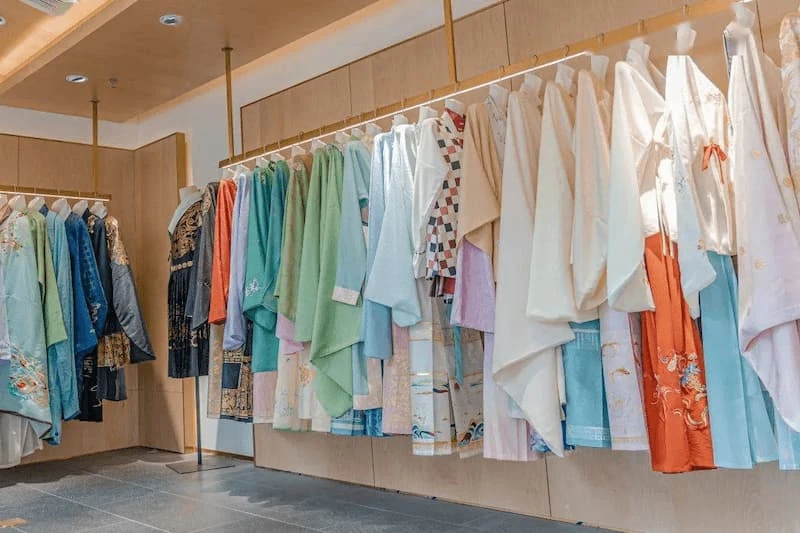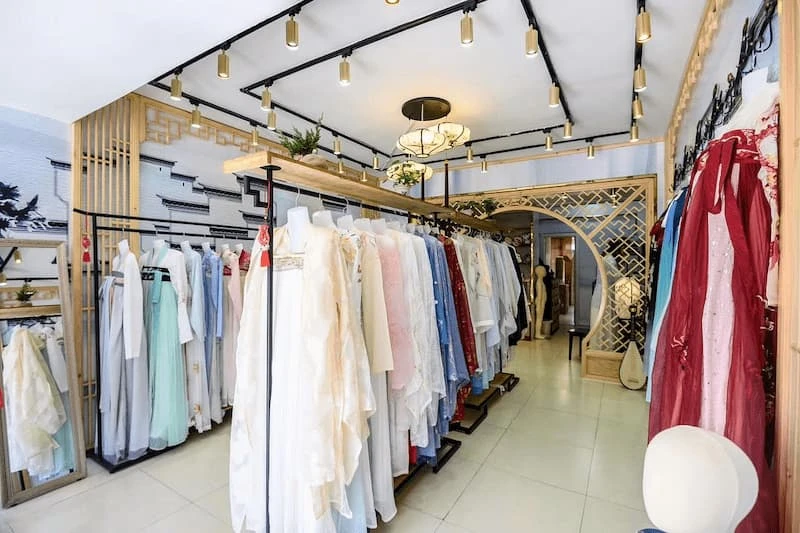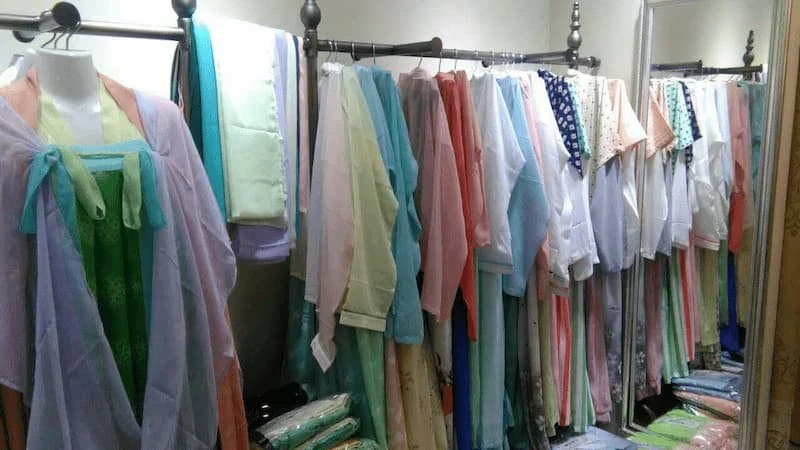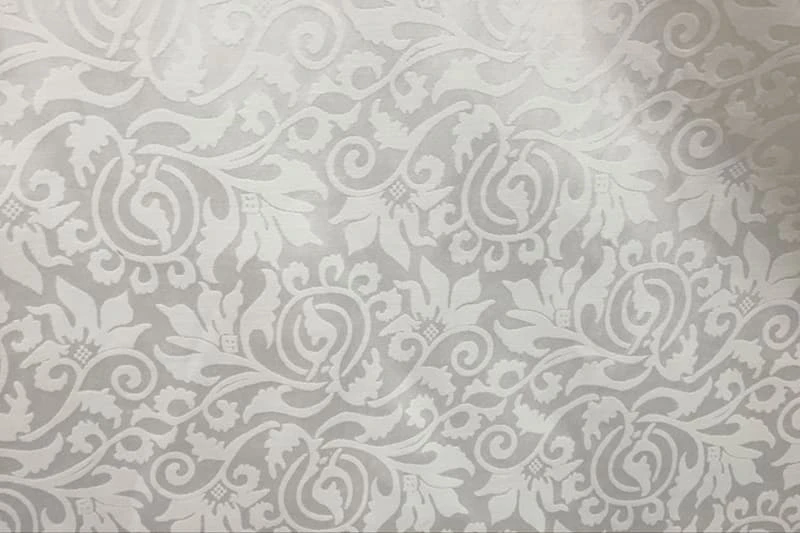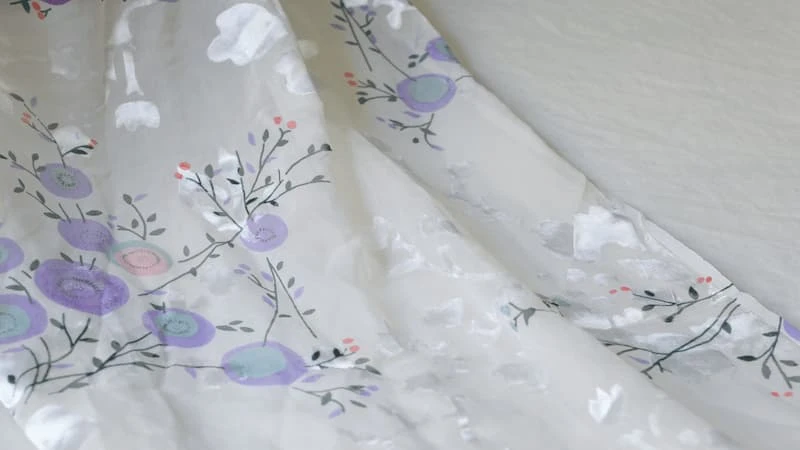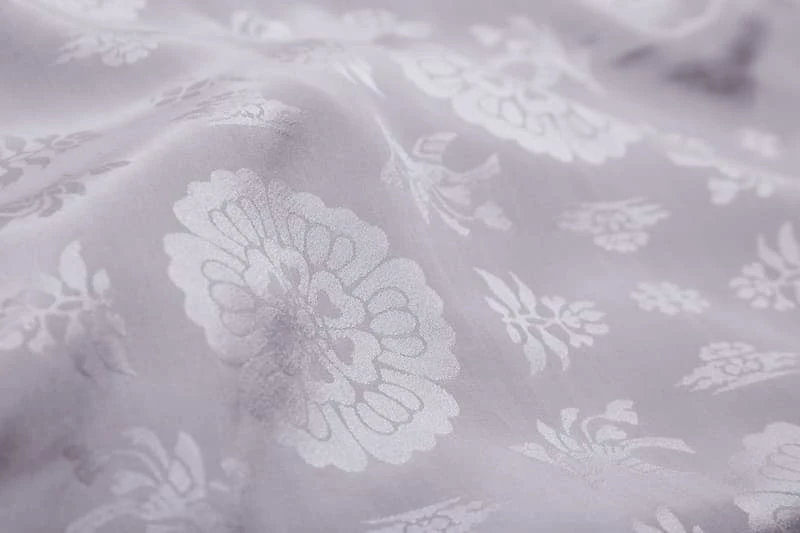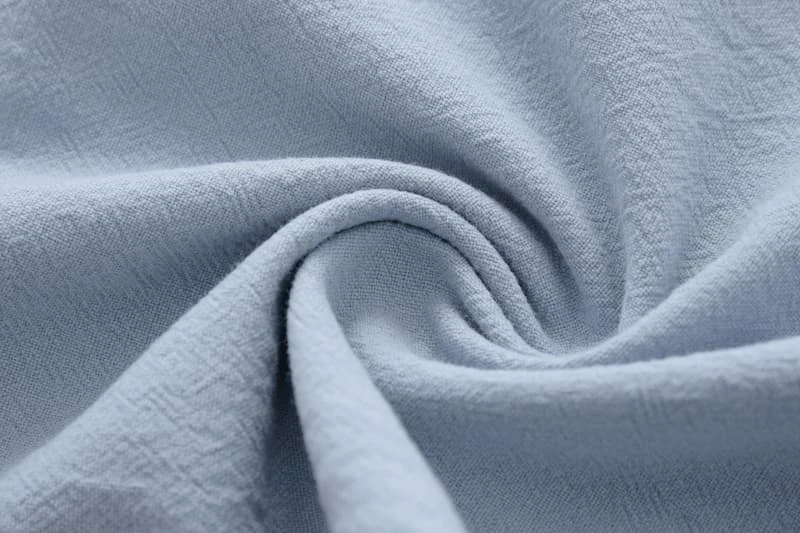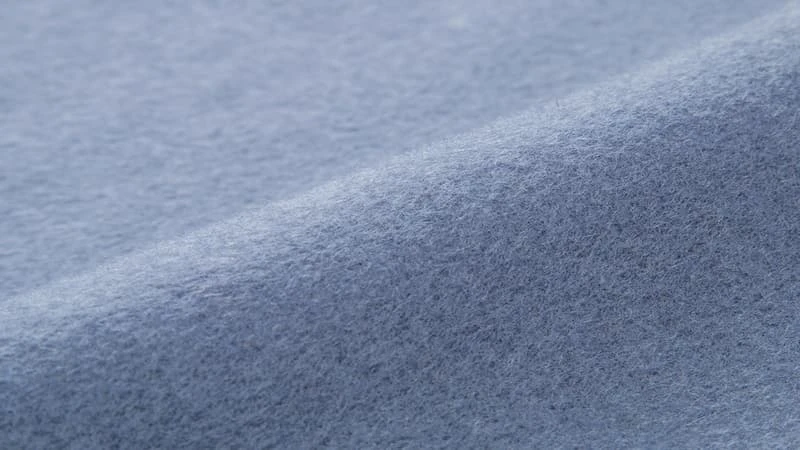Introduction of Hanfu Material
The name “Hanfu” signifies “Han people’s dress,” according to the “Dictionary of Old Chinese Clothing.” In other words, it’s a notion that distinguishes Han clothing from that of other ethnic groups. While the term “Hanfu” was not widely used in ancient China, it may be found in historical documents from the Han, Tang, Song, Ming, and Republican dynasties, as well as the Republican era.
What Are the Materials Used in the Making of Hanfu?
The Han Chinese Garment is made up of three layers: undergarments, inner garment, and topcoat. Ten elements are included in the three layers: collar, hem, sleeve, lapel, belt, and so on. Hanfu also has accessories, including socks, a scarf, and a jade belt. The hanfu jacket and shirt, one-piece dress, and jacket and pants are the three primary Hanfu styles. The jacket and skirt are the most basic types. Later on, robes became the standard attire. Women, on the other hand, preferred the jacket and skirt.
Hanfu hats (for males) and hairpieces (for women) may also be worn. What people put on their heads can frequently reveal their job or social status. Male headgear is classified as jin for soft caps, mao for stiff hats, and guan for formal headdresses. Officials and scholars wear different hats, such as the putou, wushamao, si-fang pingding jin, or simply, fangjin, and the Zhuangzi jin. The jin is also a common hairpiece for ladies, although there are other more complex hairpieces.
Brocade, damask silk, cotton, yarn, and other textiles were utilized, all of which were colored with environmentally friendly dyestuff derived from plant extracts.
Hanfu can range from translucent silk garments to robes that resemble a Japanese kimono, depending on the dynasty and historical period. Hairstyles and make-up appearances differ by time.
Style Hanfu Dresses in Four Unique Color Options
Hanfu design has been progressively being templated for some time. Most of the Hanfu we see now are traditional color schemes combined with the more common fundamental Hanfu designs, with little to no surprise to people.
But not all Hanfu is like this; in this issue, we have discovered four sets of Hanfu designs in uncommon colors, which we hope will provide you with a unique visual experience.
1. Light Orange Round Neck Robe With a Mamian Skirt
The very first combination you can buy is a round neck robe with a Mamian skirt, with a round neck robe in a fairly light orange that looks very fresh and soft, a robe collar with pearls around this one, and a robed body with gradient color embroidery and gradient color print decoration. A Mamian skirt can be in beige color, and pair it with pearls skirt head and treasure bead embroidery on the skirt hem, so you may stroll like an elegant fairy on flowers. You may also use Xiapei as accessories. The entire appearance might give you a more reserved demeanor, while the two colors convey a more delicate, powerful feeling of girlhood.
2. Pick a Color Scheme That Includes Yellow and Green Hanfu
If you like a more atmospheric Hanfu aesthetic, this collection of yellow and green color scheme Hanfu is for you. This Hanfu’s two primary shades are vibrant and have a great visual effect. Even though the two hues are so different, they work well together and create a vibrant and new visual impact.
You may pick Daxiushan and match the outer layer of the set of yellow Daxiushan with embroidered plus printed pattern, as the print will make the Daxiushan appear more beautiful. The print will help lower the weight of the Daxiushan, allowing it to keep a flowing style. And you may pick the bottom half of the dark green color and choose a waist skirt because the fabric is quite thin, so the design on the hem is delicate embroidery, the same pattern theme as the Daxiushan, and they are more fairy-type.
3. Hanfu Dresses Are Frequently Seen in Red and Blue Color Combinations
In reality, red and blue are extremely frequent color schemes in Hanfu and fashion, but in this set of Hanfu, the red and blue color scheme is worn with a distinct impact. This Jin-style Hanfu’s lower half waist skirt is a patchwork of red and indigo cloth, and the two colors are not suddenly matched in style and even have a hint of antiquity.
The top Ru, which is made in two layers – the inner layer is a heavier red Ru, and the outside layer is a very light cream-colored mesh Ru – is the key to the entire Hanfu set. The body of the outer Ru has a beautifully embroidered design, while the inner red jacket appears to be a lot hazier under the mesh jacket’s envelope. The creamy white exterior layer is what distinguishes this Hanfu style from others.
4. In Hanfu Dresses, Ginger Is a Very Warm Shade
The fourth Hanfu set is a ginger straight collar Dajin Ao that you can pair with a beige pleated skirt, warm ginger with a soft beige tone, warm with a feeling of elegance.
Both of these Hanfu designs are quite simple, not overly complex, and ideal for everyday use. If you believe they are too plain, combine them with a Ming Pifeng or Bijia, which not only adds to the beauty of the outfit but also layers it.
Top 4 Types of Popular Hanfu Fabrics
The Chinese national costume is known as Hanfu. In addition to the form, color matching, and pattern, the fabric plays an essential part in our wearing experience and is directly connected to it.
Traditional Hanfu fabric may be classified as brocade, damask, silk, silk, gauze, crepe, silk, and satin according to textile techniques. Silk textiles make up the majority of traditional fabrics, with cotton and hemp filling in the gaps.
Traditional textiles come in a variety of designs and prices, although they are typically rather expensive. With the advancement of contemporary technology, the public now has access to a wide range of textiles.
1. Chiffon
Chiffon is a type of weaving technique that uses chemical fibers and silk. Chemical fiber chiffon and silk chiffon are the two types. Chemical fiber chiffon is the most common type of chiffon fabric on the market.
In contemporary Hanfu, chiffon is one of the most popular textiles. The benefits include clarity, elegance, a nice drooping sensation, resistance to wrinkles, ease of care, and a low price. Chemical fiber goods have the drawback that their air permeability and body comfort are inferior to natural fiber products.
Chiffon material is a popular fabric in Hanfu because of its vibrant colors and ability to be embroidered and printed. Hanfu made of chiffon has a variety of styles and is light, beautiful, and easy to maintain. In the spring and summer, it’s a wonderful choice for Hanfu.
2. Satin and Silk
Many people believe that the terms “silk” and “satin” originally referred to various silk goods made using separate techniques. With the advancement of contemporary technology, cotton fiber and chemical fiber combined together may produce shine similar to silk, resulting in the appearance of jacquard silk and brocade at relatively affordable rates.
This type of fabric is soft, smooth, shiny, compact, and retains heat well. It doesn’t wrinkle easily, has a nice drape, and doesn’t have a lot of static electricity. It is commonly used to produce autumn and winter Hanfu coats, formal dresses, and other similar items because of its attractive look, strength, and durability. And silk is also the most expensive Hanfu material.
3. Cotton
Cotton is a massive textile system. Cotton fabric offers numerous unique properties due to contemporary textile technology’s mixing of cotton fiber with other materials, such as wrinkle resistance, wear resistance, gloss, and so on. Pure cotton, cotton hemp, jacquard cotton, burned cotton, slubbed cotton, and other fabrics are now prevalent in the Hanfu market.
Cotton and linen clothing have a 4000-year history. They are natural and basic in color and texture, providing the idea of a return to simplicity to individuals. It is natural simplicity, skin-friendly, and breathable when used to produce Hanfu, reflecting the Han nationality’s reclusive manner.
4. Wool
Knitted textiles come in a variety of materials, including wool and cashmere. A significant type of contemporary Hanfu textiles is woolen cloth.
The feel and warmth retention vary considerably according to the different components, and the price changes greatly depending on the varied wool content.
The larger the percentage of wool and cashmere in a garment, the more warmth it retains. Even though the cashmere content is modest, it is superior to conventional Hanfu cloth. It’s commonly used to manufacture winter jackets since it’s resistant to wrinkles and doesn’t pill. Cleaning takes more energy, which is a drawback.
Hanfu Recommendation
When we think about Hanfu, the first thing that comes to mind are the intricate and beautiful garments typically worn during traditional festivals or for performance photography and are not suited for everyday use.
What type of style will be created if traditional Hanfu and modern components are combined? We’d like to share about trendy modern Hanfu.
Trendy Modern Hanfu
The material of this trendy modern Hanfu is light and translucent, with striped printing and silver silk, and the collar is a bit stiff, more different varieties of hanfu materials are now available. The spinning skirt is made up of two layers. Tencel chiffon is used on the inside, which is soft to the touch. The exterior cloth is embellished with wave dots of various sizes. The double-layer skirt may be hot, but the overall skirt gives a feeling of hierarchy.

